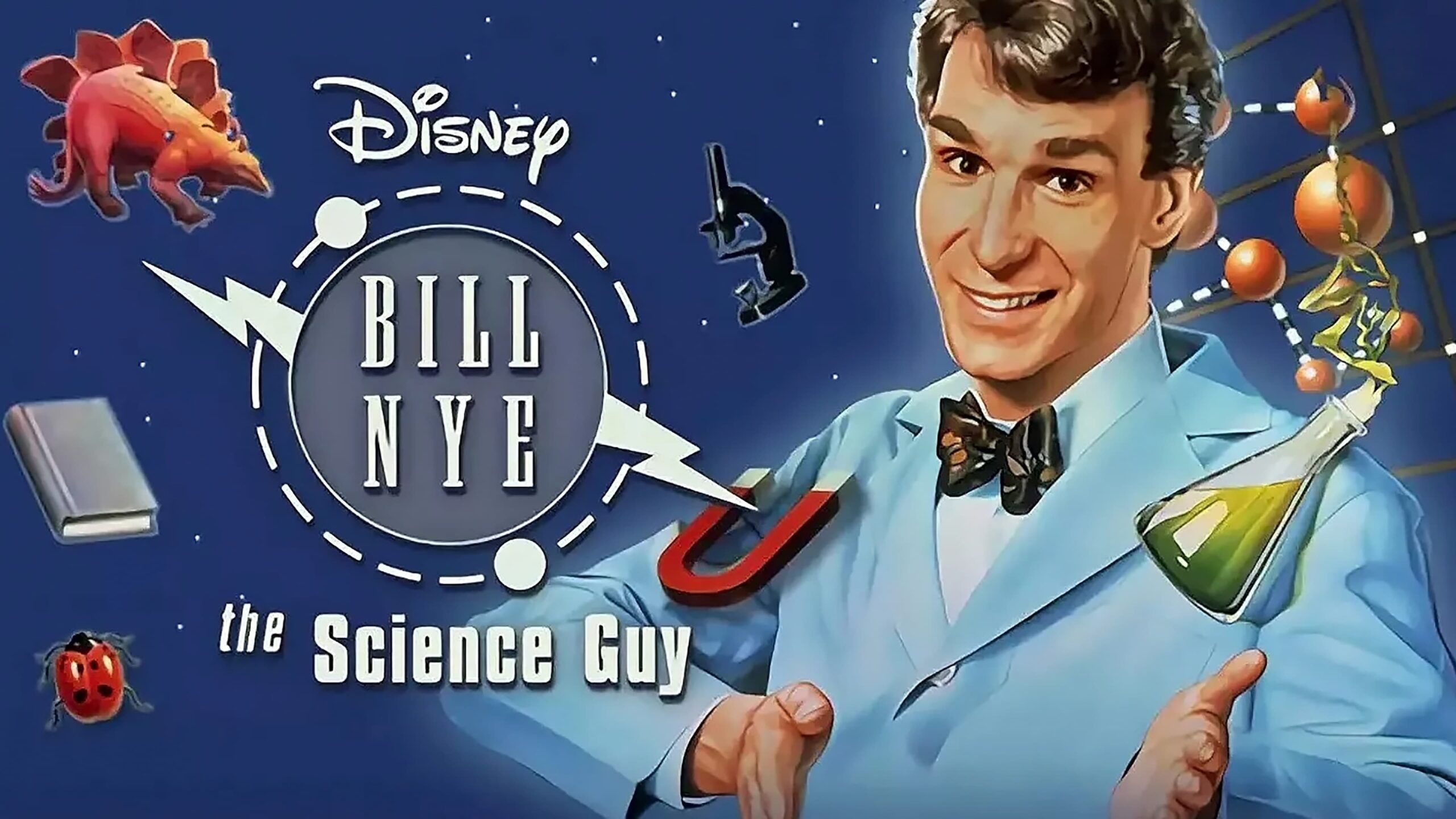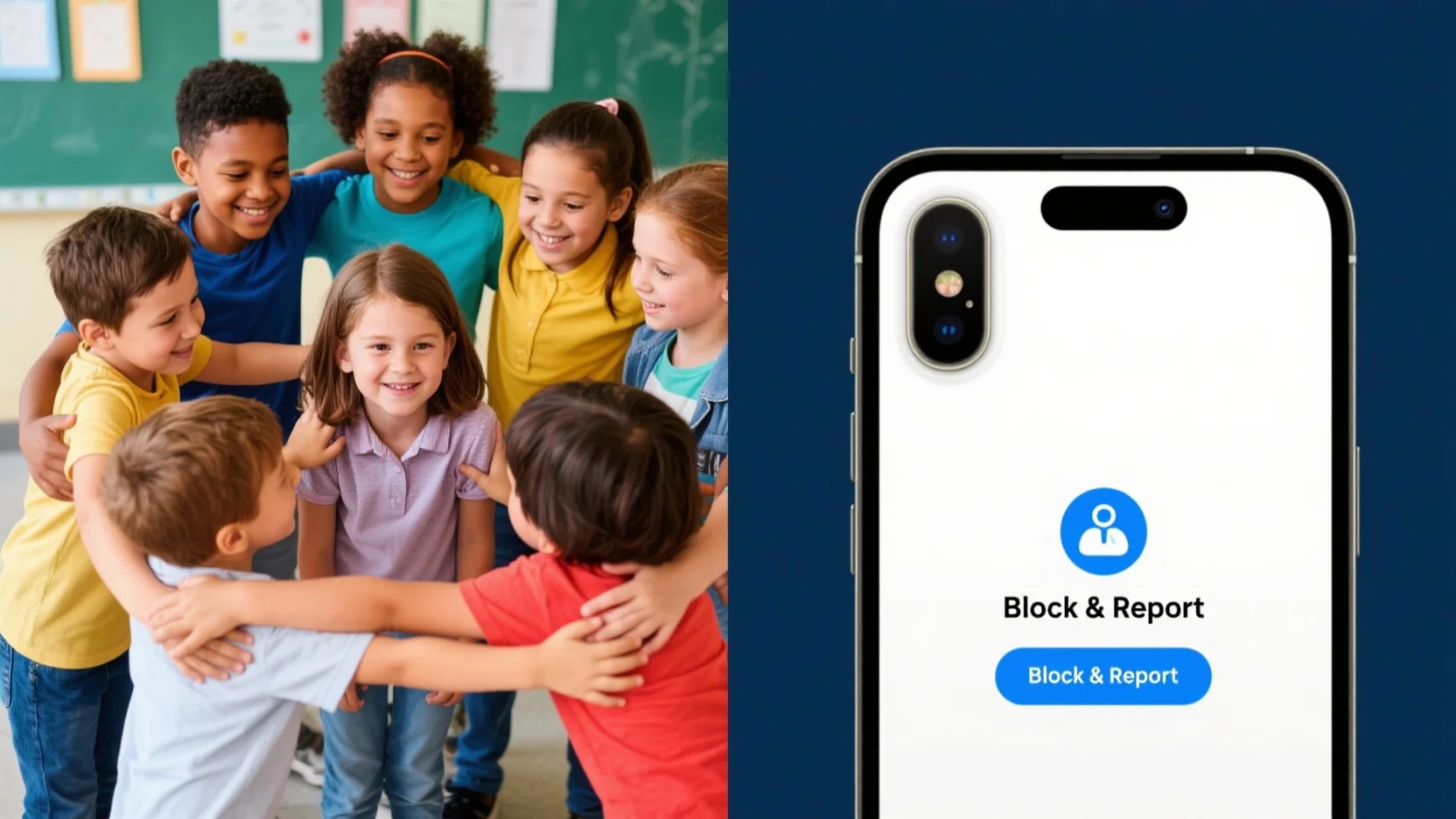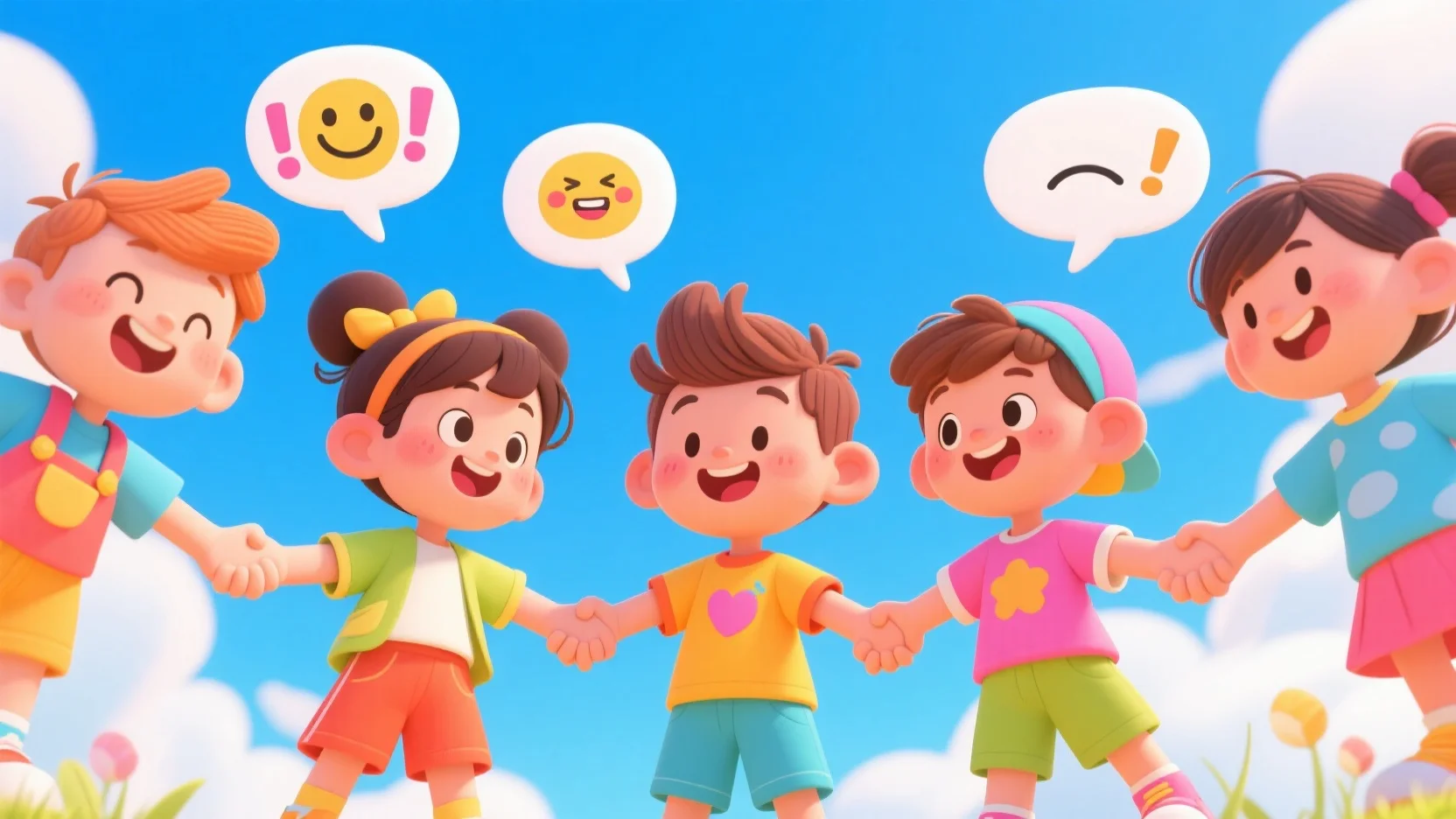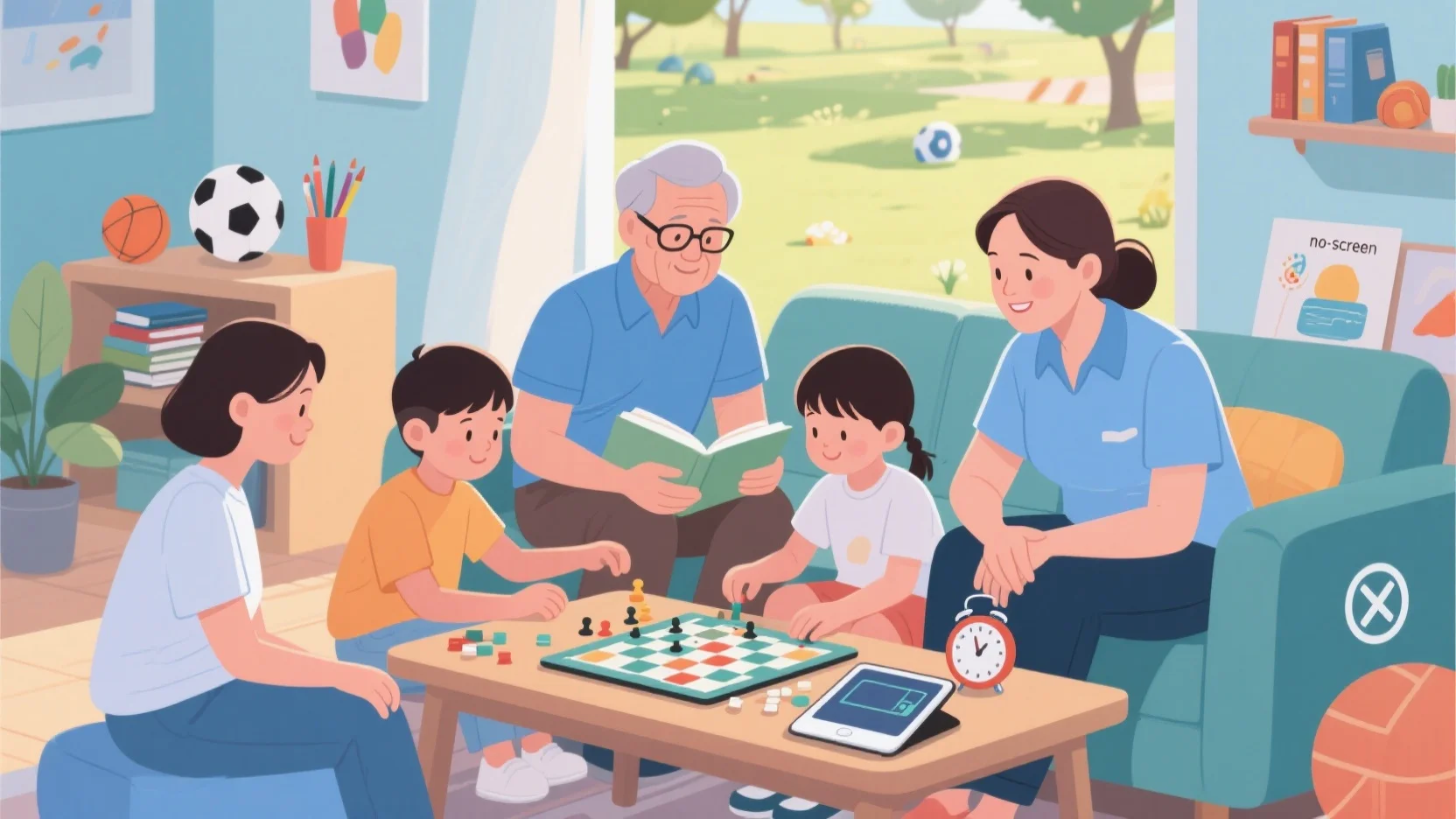Science TV shows aren’t just entertainment—they’re powerful teaching tools that can make homeschooling more engaging, interactive, and effective. Here’s why every homeschool curriculum should include them.
1. They Make Complex Science Fun & Easy to Understand
🔹 How it helps: Kids learn better when concepts are presented visually and dynamically.
🔹 Best shows:
- •The Magic School Bus– Breaks down tricky topics (like photosynthesis or gravity) with adventure and humor.
- •Bill Nye the Science Guy– Uses experiments and cool visuals to explain physics, chemistry, and more.
Why it works:
✔ Visual learners grasp concepts faster.
✔ Storytelling helps kids remember facts better than textbooks alone.
2. They Introduce Real-World STEM Careers
🔹 How it helps: Kids see science as exciting and relevant—not just a school subject.
🔹 Best shows:
- •SciGirls– Features real girls doing real science (engineering, coding, biology).
- •MythBusters Jr.– Shows young scientists solving problems creatively.
Why it matters:
✔ Boosts interest in STEM fields early.
✔ Helps kids imagine themselves as scientists, engineers, or inventors.
3. They Teach Critical Thinking & Problem-Solving
🔹 How it helps: Shows often present challenges that require logical reasoning.
🔹 Best shows:
- •Emily’s Wonder Lab– Kids learn the scientific method through fun experiments.
- •Brainchild– Explores psychology and tech with real-world questions.
Skills they build:
✔ Asking questions (Why does this happen?)
✔ Testing ideas (How can we prove it?)
✔ Drawing conclusions (What did we learn?)
4. They Bring Experiments to Life (When You Can’t Do Them at Home)
🔹 How it helps: Some experiments need special labs or equipment—TV shows can demonstrate them safely.
🔹 Best shows:
- •MythBusters– Tests big experiments (explosions, physics stunts).
- •Outrageous Acts of Science– Shows real scientists testing wild theories.
Bonus: After watching, try a simpler version at home (e.g., baking soda volcanoes after seeing a lava experiment).
5. They Fit Any Homeschool Schedule
🔹 Why it’s great:
✔ Flexible learning – Watch in the morning, as a break, or for weekend fun.
✔ Easy to pause & discuss – Stop and ask, “What do you think will happen next?”
✔ Works for all ages – Pick shows that match your child’s level.
Example schedule:
- •Monday: Watch Wild Kratts(biology) → Discuss animal adaptations.
- •Wednesday: Emily’s Wonder Lab→ Try a simple experiment.
- •Friday: Brainchildepisode → Debate the science behind emotions.
Top Science Shows for Homeschooling
| Show | Best For | Where to Watch |
|---|---|---|
| The Magic School Bus | Ages 6-12 (Physics, Biology) | Netflix, Amazon Prime |
| SciGirls | Ages 8-14 (STEM Careers) | PBS Kids, YouTube |
| Bill Nye the Science Guy | Ages 10+ (Chemistry, Physics) | Disney+, YouTube |
| Emily’s Wonder Lab | Ages 5-10 (Hands-On Science) | Netflix |
| Brainchild | Ages 12+ (Psychology, Tech) | Netflix |
How to Use Them Effectively
✅ Watch together – Pause to explain or ask questions.
✅ Pair with activities – After Magic School Bus, visit a science museum.
✅ Keep a science journal – Have kids write or draw what they learned.
Final Thought: Science TV shows don’t replace hands-on learning—they enhance it. By mixing videos, experiments, and discussions, you’ll make science exciting and memorable for your homeschooler.








